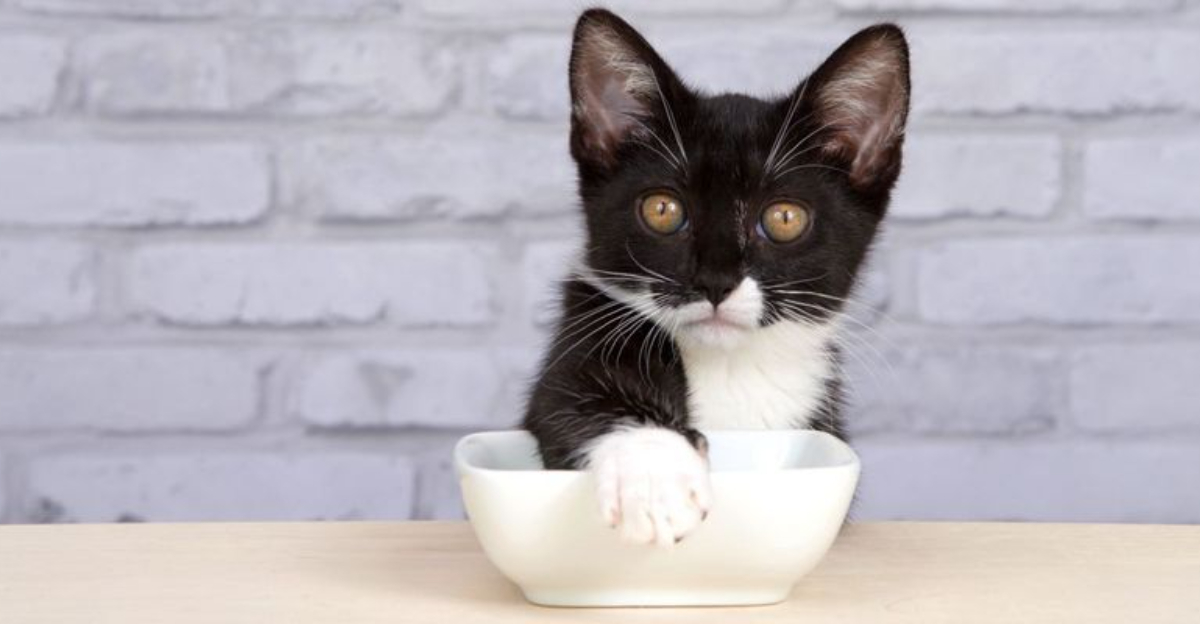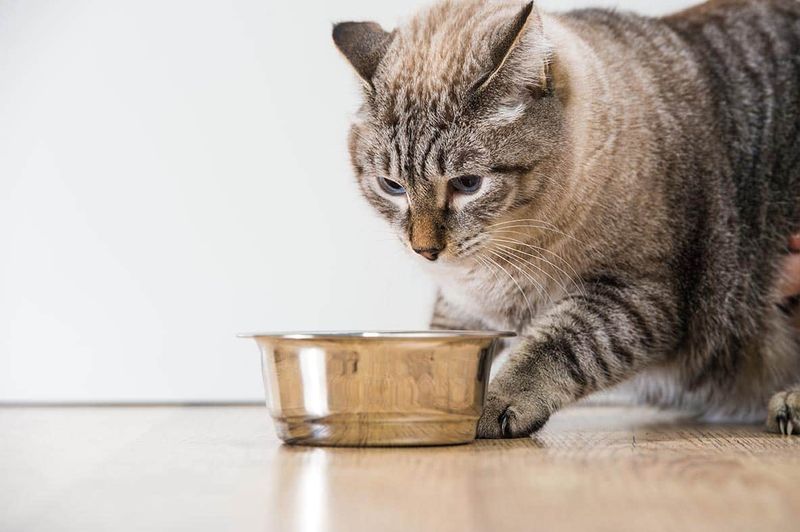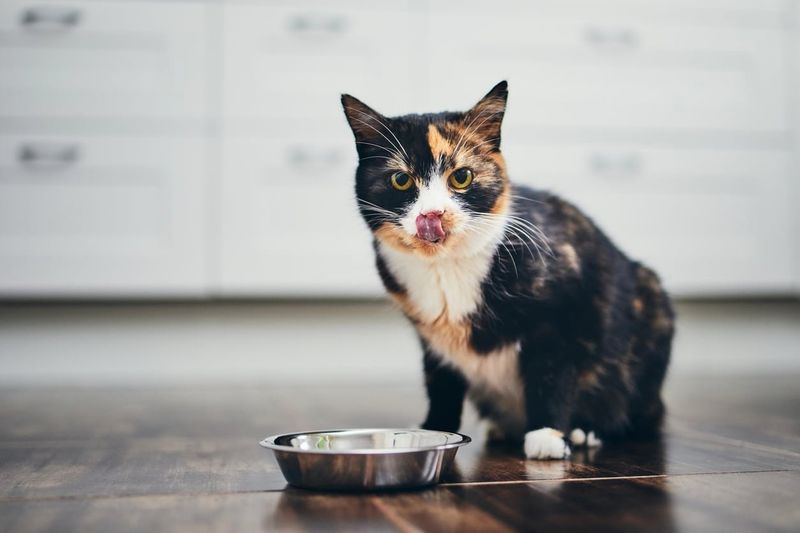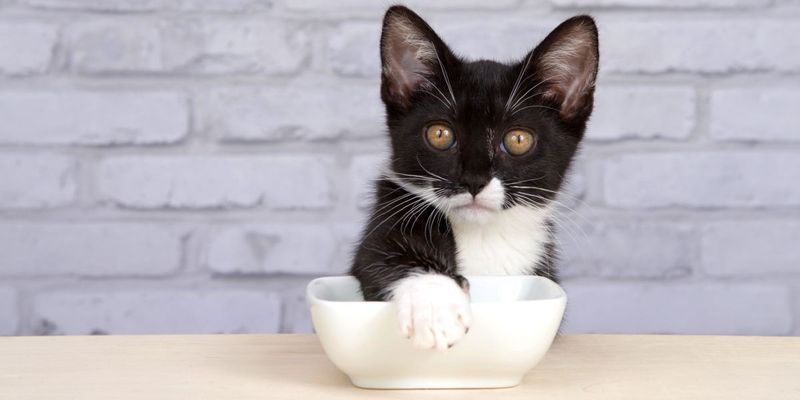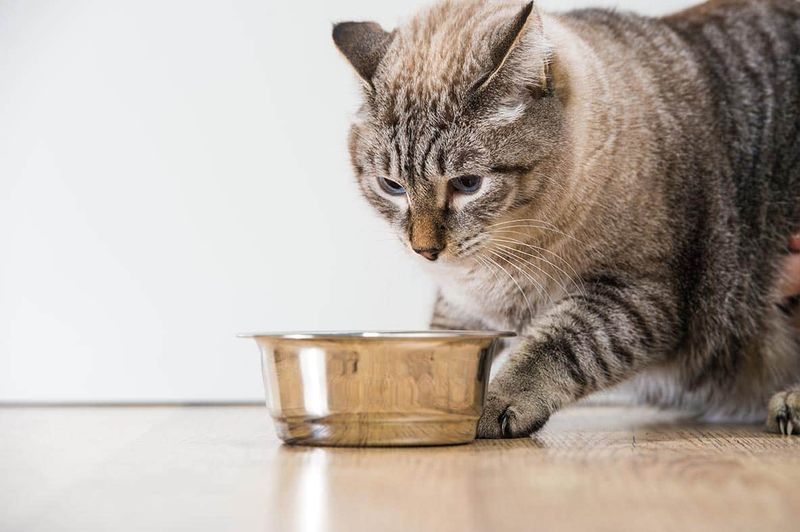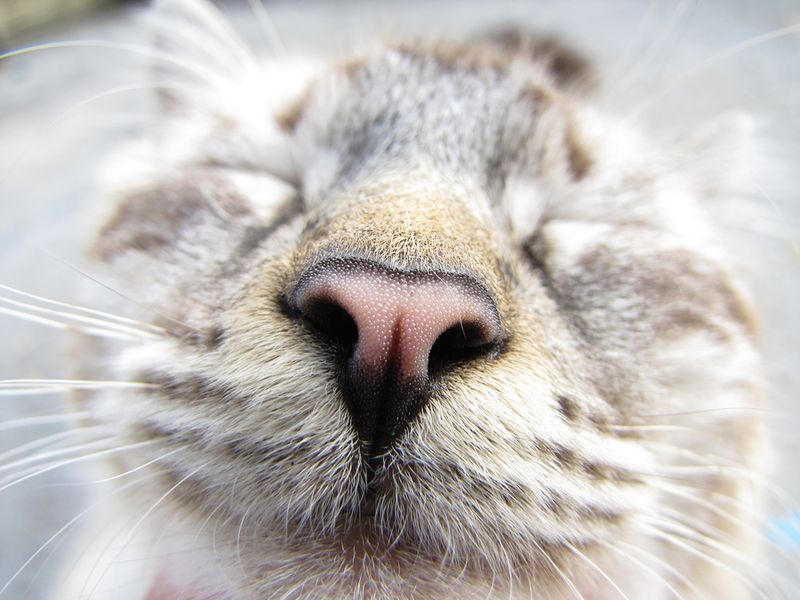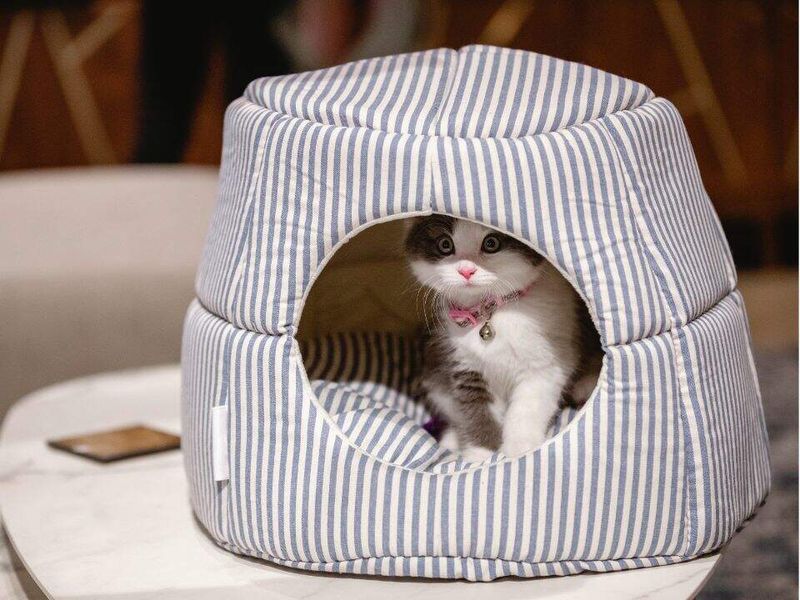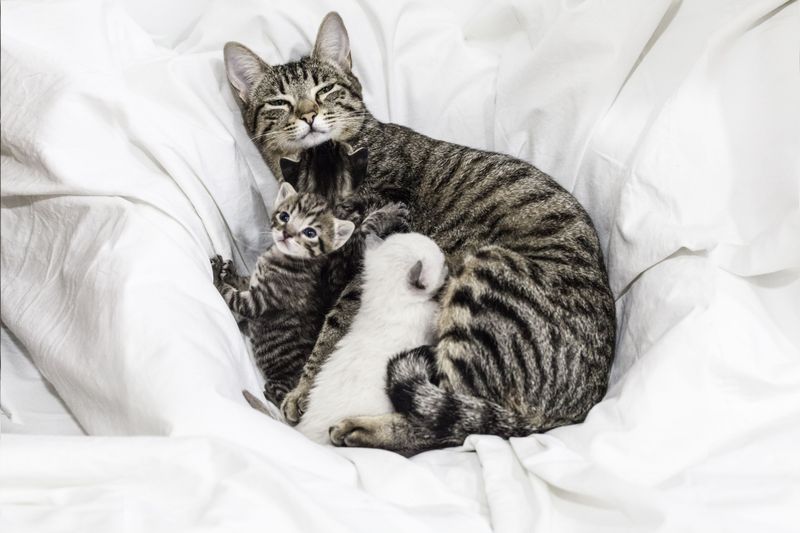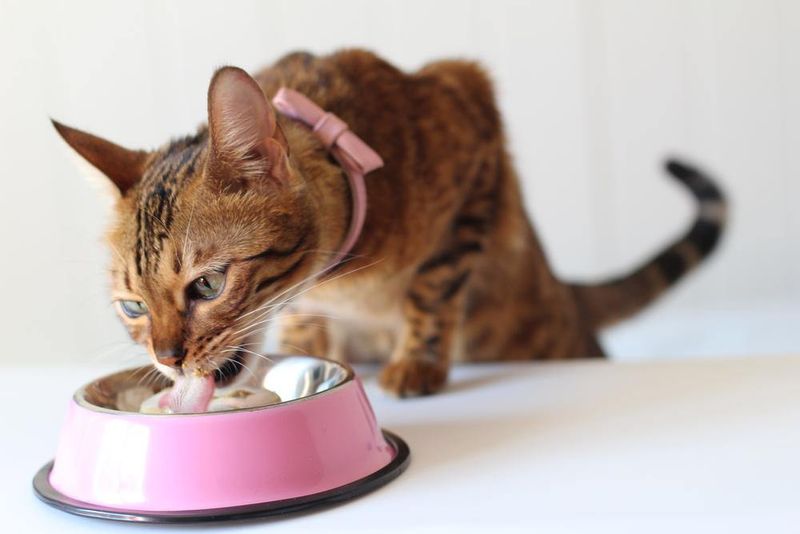📖 Table of Content:
If you’ve ever caught your cat pawing at the floor around their food dish or attempting to “bury” leftover kibble, you’re not alone. While it might look strange—or even a little funny—this behavior is actually rooted in your cat’s instincts and emotional cues. Though domestic life is far removed from the wild, our feline companions still carry the behaviors of their ancestors deep within their DNA.
Food-covering in cats can signal a range of motivations: from practical survival tactics to environmental stress, or even simple personal preference. It’s easy to dismiss these actions as quirky cat habits, but a closer look reveals a rich tapestry of instinctual behaviors at play. Understanding these cues not only deepens our appreciation of cat psychology, but also helps us become more responsive and informed pet parents.
In this article, we’ll explore eight behavioral cues that explain why your cat might be trying to cover up their food. Whether you’re a seasoned cat owner or new to feline companionship, these insights will help you decode your pet’s behavior and respond in ways that support their well-being. Let’s dig in—pun intended.
1. Instinct to Hide Leftovers
In the wild, survival often depends on what you don’t reveal. Cats are natural hunters, but they’re also prey to larger animals, so covering their leftovers is a strategic move to hide their scent. This instinct lives on in domestic cats, even when they’re lounging in a cozy home with no predators in sight. Food that’s not eaten immediately can draw attention, and cats are wired to reduce any risk of confrontation. Although your home is safe, your cat’s ancient instincts don’t know that. They still behave as if danger could be lurking just around the corner. By pawing at the area around the bowl, they’re performing an ingrained ritual of survival. It’s their quiet way of saying, “I was never here.”
2. Territorial Behavior
Not all food-covering is about hiding—it can be about claiming. In multi-pet households or even in the presence of humans, cats may feel the need to assert ownership over their food. By covering or hiding their meals, they leave a subtle signal that says, “This is mine, and I’ll come back to it.” Territorial instincts are deeply embedded in feline behavior, influencing how they interact with both food and space. Instead of aggressive guarding, covering food can be a more passive, yet effective way to protect resources. It’s a preemptive measure, a way of establishing invisible boundaries. Even if there’s no immediate threat, your cat might be operating on a “just in case” policy. This protective streak is a natural part of a cat’s personality.
3. Mimicking Litter-Covering
Interestingly, cats often show similar scratching motions around their food bowl as they do in their litter box. This crossover behavior might be more than coincidence—it may reflect their desire to keep environments clean and hidden. Covering waste is a well-known instinct in cats, and that same pattern of concealment can transfer to other contexts. It’s especially common in kittens who’ve just learned to use a litter box and may associate the burying motion with multiple tasks. Cats are highly habitual creatures, and once they associate a motion with safety, it sticks. That scratching behavior around the food may feel like second nature to them. Cleanliness, after all, is not just about hygiene—it’s about survival in the wild. So, for your cat, it’s simply smart strategy.
4. Not Hungry Anymore
Sometimes the explanation is refreshingly simple: your cat just isn’t hungry. After eating their fill, a cat may attempt to cover the remaining food as a way of “saving it for later.” This instinctual behavior prevents spoilage or discovery by others in a natural setting. While your kitchen is far from the wilderness, your cat might still behave like it’s out there. Domestic life hasn’t erased the urge to protect future meals. The act of burying food mimics what wild cats do when they’re satisfied but want to return later. It’s not necessarily a complaint about the food—it could just be portion control, feline-style. Think of it as their version of sealing up leftovers in the fridge.
5. Scent Sensitivity
Cats have an incredibly strong sense of smell—much stronger than ours—and that shapes their reaction to food. If something about the scent is off or overpowering, they might try to bury it instead of eat it. Covering food in this case could be a subtle way of saying, “No thanks.” It’s not always a sign of dislike; it may just mean the food is too aromatic or unfamiliar. This sensitivity can be triggered by changes in brand, temperature, or freshness. You might notice this behavior more often with wet food, which has a stronger odor. For some cats, an overwhelming smell equals a threat or discomfort. In their language, hiding it is the safest option.
6. Stress or Environmental Discomfort
A change in routine, a loud noise, or the presence of a new animal can throw a cat off their game. In these moments, covering food becomes a coping mechanism. Rather than confront stress head-on, cats often default to behaviors that feel safe and familiar. Hiding their food gives them a sense of control in an environment that suddenly feels unpredictable. It can also be a form of displacement activity, redirecting anxiety into a ritualistic motion. If your cat seems jumpy or avoids eating around others, they may be experiencing emotional stress. The food-covering might not be about the meal at all—it’s about the vibe. When the atmosphere calms, the behavior might stop on its own.
7. Nest-Cleaning Instincts
Mother cats are especially prone to cleanliness-based behaviors, including covering or hiding things around their space. This instinct ensures a safe, scent-controlled environment for their kittens. Even spayed females or males may retain some of these habits if they were once involved in caring for a litter. The act of “cleaning up” after eating can be a leftover maternal reflex. It’s a way to keep the den free from attention-drawing smells. This behavior may resurface during nesting seasons or when cats feel protective. If your cat is dragging blankets or towels near the food dish, they might be channeling those instincts. Though seemingly unrelated to food, it all comes back to safety and order.
8. Learned or Reinforced Habit
Sometimes cats repeat behaviors simply because they’ve learned it gets a reaction. Whether it’s laughter, a treat, or you rushing to clean up, they notice. Over time, this can turn into a reinforced habit, even if the original motivation is gone. Cats are observational learners, picking up on what actions lead to certain results. If covering food got your attention once, your cat might keep doing it to see what happens next. This doesn’t make the behavior any less real—it just adds a layer of communication to it. What starts as instinct can evolve into a quirky ritual. Your response, even unintentionally, might be part of the reason it continues.
